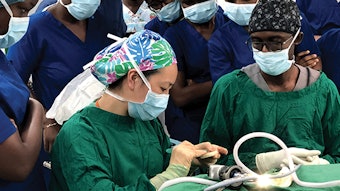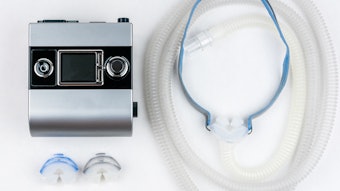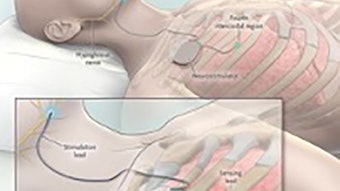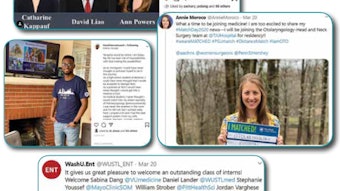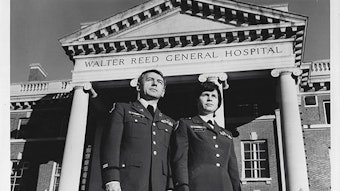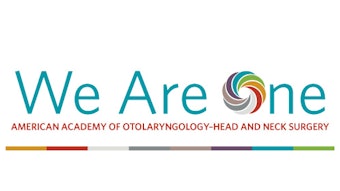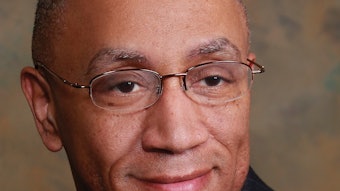Incorporating Advanced Practice Providers into Your Practice
Hopefully you have been following this series, learning more about the physician-advanced practice provider (APP) team approach to healthcare, and are ready to get started with recruiting and contracting. Your practice profile and management will benefit from a variety of approaches, and to help parse out these ideas, I have asked my colleague Scott P. Stringer, MD, MS, to share his experience.
Part III: Recruiting and Contracting
Wendy B. Stern, MD
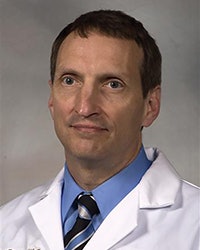 Scott P. Stringer, MD, MS
Scott P. Stringer, MD, MS Wendy B. Stern, MD
Wendy B. Stern, MDHopefully you have been following this series, learning more about the physician-advanced practice provider (APP) team approach to healthcare, and are ready to get started with recruiting and contracting. Your practice profile and management will benefit from a variety of approaches, and to help parse out these ideas, I have asked my colleague Scott P. Stringer, MD, MS, to share his experience. Dr. Stringer and I have served on several panels together exploring this topic and he offers a wealth of knowledge. He is professor and chair of the Department of Otolaryngology and Communicative Sciences at the University of Mississippi Medical Center.
Scott, thanks for participating. My experience in a private single-specialty group and as an employed physician in a large multispecialty group compliments your academic experiences. One of our favorite recruitment techniques was to offer ENT rotations for physician assistant (PA) and nurse practitioner (NP) students. Of course, we did advertise our positions as well.
What resources do you use to recruit an APP?
We offer rotations as well for APP students, which serve as an excellent “job interview” for both parties. We give lectures to students at the local PA program. Our existing APPs identify their friends and colleagues as new leads as well. Our university job posting site has drawn several of our recruits. We also list our positions on national job posting services. National NP and PA professional associations, such as American Association of Nurse Practitioners, American Academy of PAs, and Society of Physician Assistants in Otorhinolaryngology / Head & Neck Surgery, have job listing sites in addition to many state organizations.
What information is important to include when recruiting an APP?
The practice expectations, including clinic duties, surgical assisting, call, and consult coverage, are critical to include while recruiting. Any weekend or night duties should be noted. The mechanism for physician backup and support is important to communicate. The APP should know the size of the otolaryngology practice and whether or not other APPs are currently practicing in the group. A salary range and typical benefits may be useful as well.
[Dr. Stern] Over the years I have spoken with many colleagues regarding contracts. It appears that there are an infinite number of approaches. In my private practice, each physician made their own contract with their APP while, as a group, we agreed to supervise the APPs collectively. When we were employed by the large multispecialty group, we added language to our individual contracts that included a supervisory stipend and tied our APPs’ productivity to our own bonus targets so that we could employ the team approach toward patient care without the pressure of competing for work relative value units (wRVUs).
What are the essentials of a contract?
Beyond the standard human resources essentials in a contract, the salary, incentive structure, benefits, malpractice coverage, and work hour expectations should be included if applicable. Contract termination notice period and conditions for nonrenewal are important elements.
What are some benefits that should be considered, and what about bonuses?
Common benefits include health insurance, malpractice coverage, vacation days consistent with other providers, and continuing education time. Funding for at least some portion of dues, certifications, and continuing education is typically provided. Some employers offer participation in a retirement plan. It is useful to include APPs in any incentive compensation plan commensurate with their contributions to revenue generation.
How is the ramp-up time for training and productivity approached?
The timeline varies based on prior professional and otolaryngology experience. This is highly dependent on the ultimate goal for the APP. For a new graduate, we find that approximately six months is required for an APP to practice in an independent fashion within the practice. An APP with prior otolaryngology experiences can be fully functioning in as little as two to three weeks.
